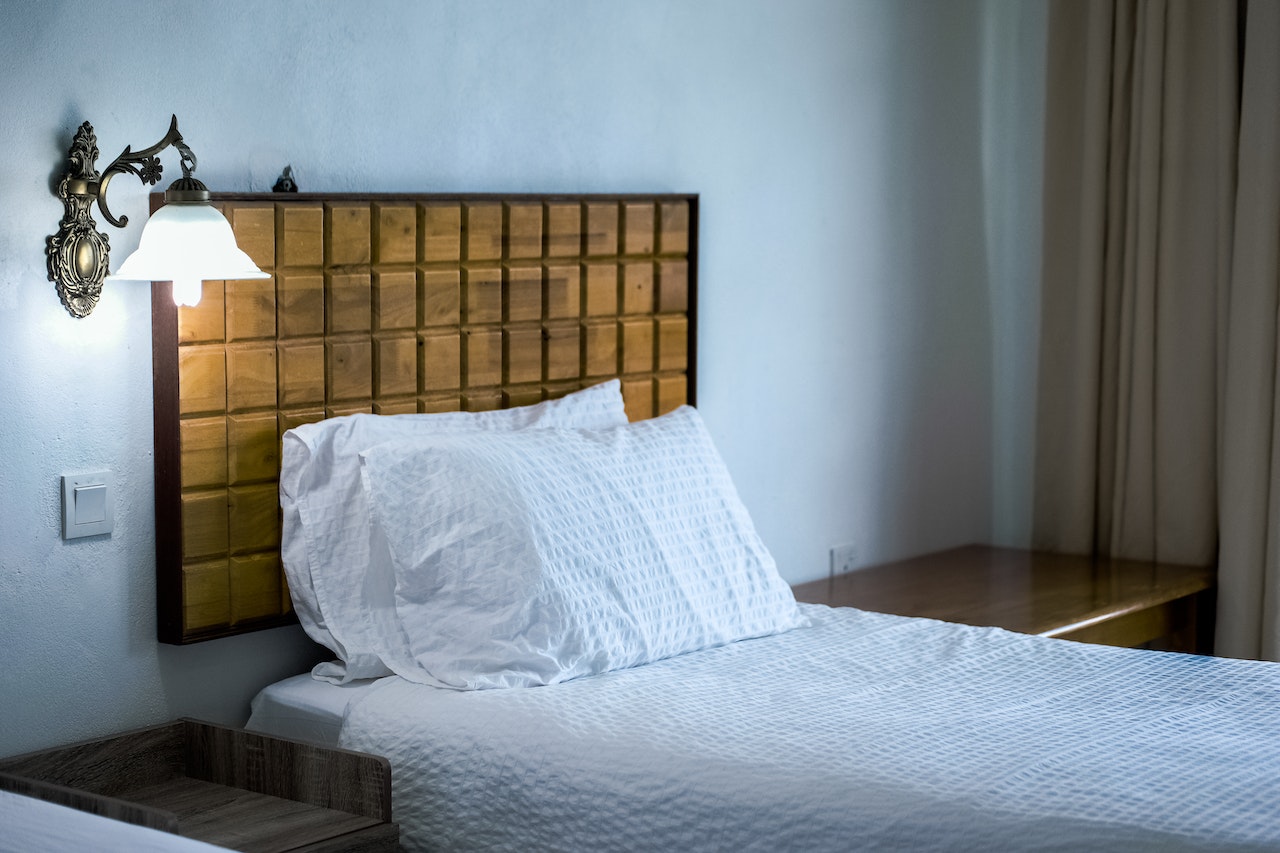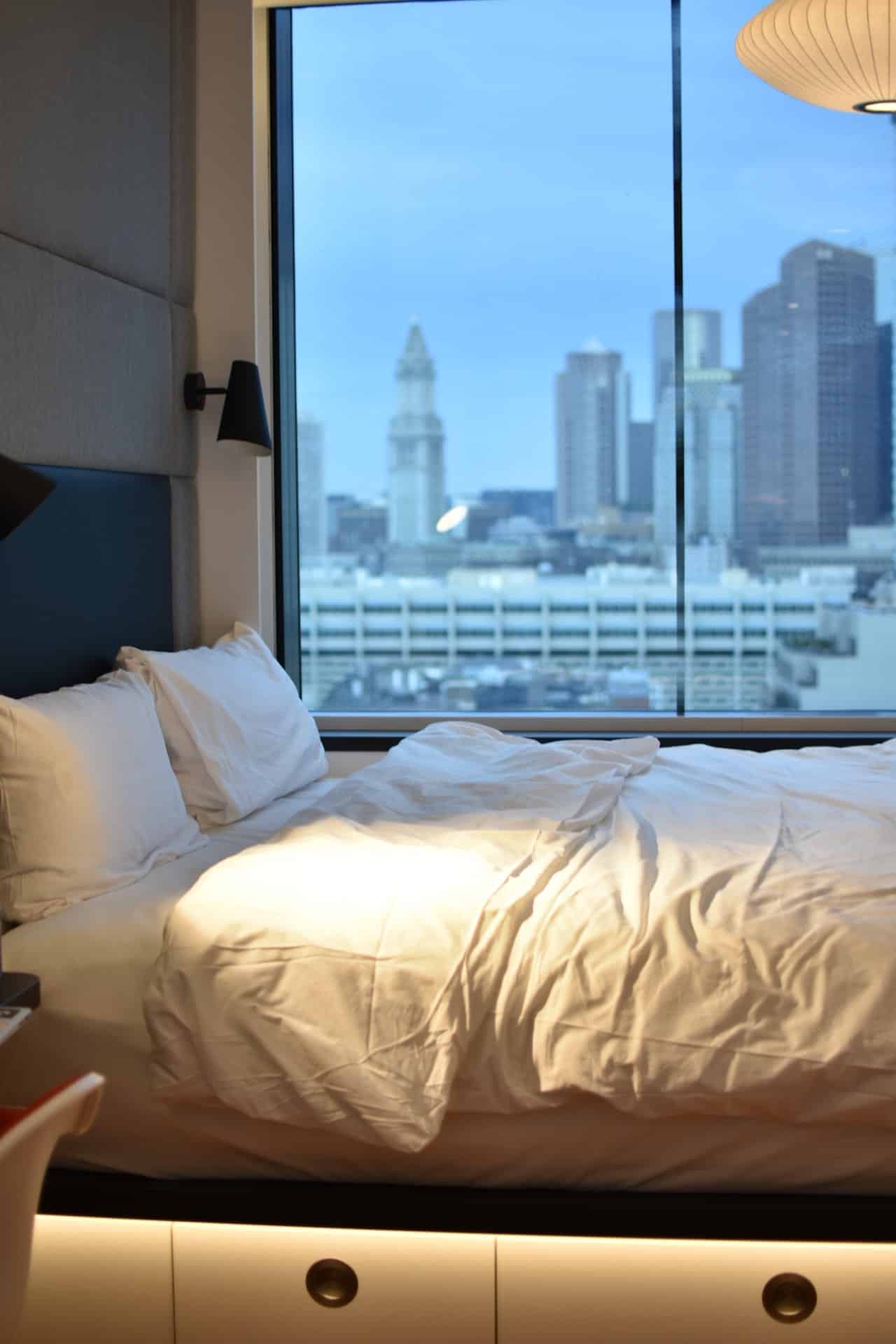Wall lamps are lighting fixtures designed to be mounted on walls, typically above eye level to provide ambient or accent lighting to a room. They can be used for a variety of purposes, such as reading, highlighting artwork, or providing general illumination.
Wall lamps, such as the kind that Ferm Living lighting offer, come in a range of styles, sizes, and materials, allowing them to complement different interior design themes. They may be hardwired directly into a building’s electrical system or plugged into an electrical outlet, and they can be controlled with a switch or dimmer.
IMAGE: PEXELS
4 Types Of Wall Lamps
Some common types of wall lamps include:
- Sconces: A type of wall lamp that typically features a decorative shade or cover that directs light upwards or downwards. They can be used to highlight artwork or architectural features, or to provide general illumination in a room.
- Swing arm lamps: These lamps are mounted on a bracket that allows them to be adjusted to different angles and positions. They are often used as reading lamps or task lighting in bedrooms or home offices.
- Picture lights: These are small, focused lamps that are mounted above a picture or artwork to highlight it and create a focal point in a room.
- Vanity lights: These wall lamps are typically used in bathrooms to provide task lighting for grooming activities such as applying makeup or shaving.
There are many materials that wall lamps are made from as well. Some popular materials include wicker, porcelain, marble, tempered glass, brass, and fabric. Each material can not only create a totally different look but also cause a different lighting effect, providing a desired ambience for each room.
Overall, wall lamps are a versatile and practical lighting solution that can enhance the ambiance and functionality of a room while also serving as a decorative element in interior design.
IMAGE: PEXELS
If you are interested in even more lifestyle-related articles and information from us here at Bit Rebels, then we have a lot to choose from.


COMMENTS